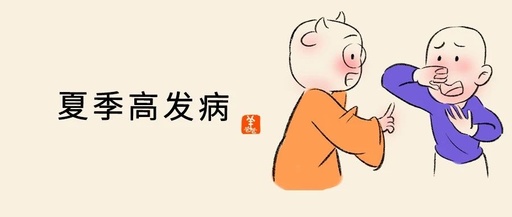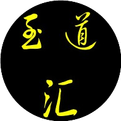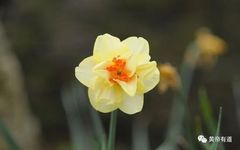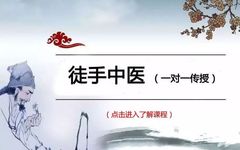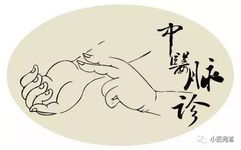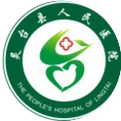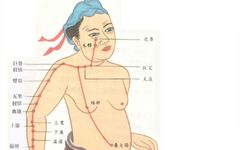Case Study | Diarrhea with Mixed Cold and Heat Symptoms
Click on the “Sheep Dad” above to follow us After the Dragon Boat Festival, cases of diarrhea often increase.Diarrhea can vary in severity. Proper differentiation and treatment can lead to quick recovery, while improper handling may result in serious consequences.From a TCM perspective, it is essential to first distinguish between cold and heat patterns in … Read more

